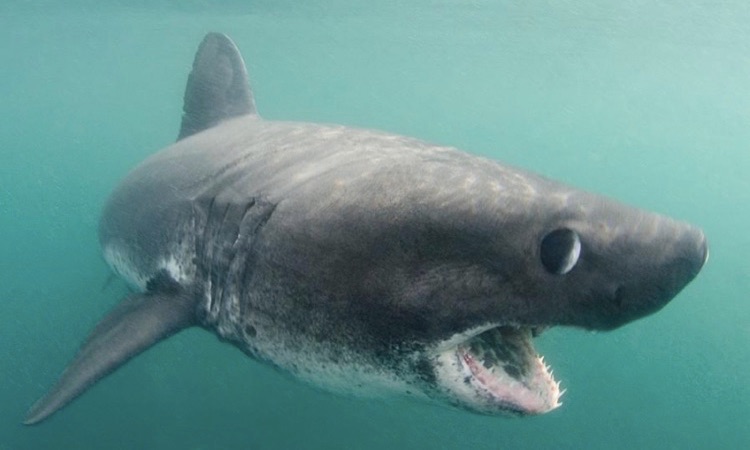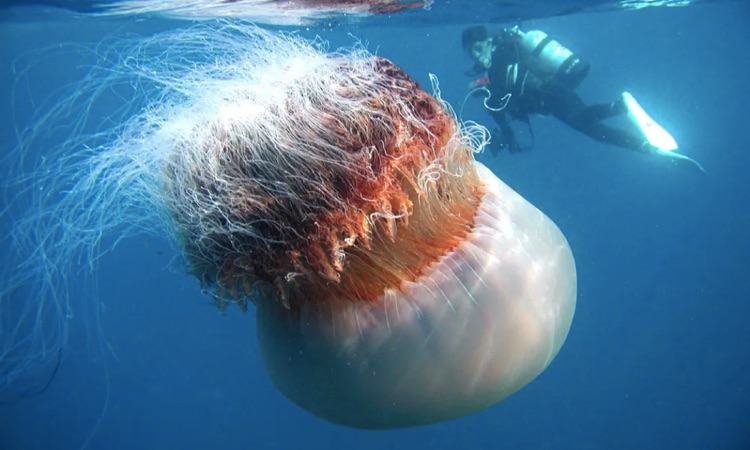Sucker fish are a type of catfish that live in freshwater across the world. They are bony fish that have historically been a valuable food source and can be found in streams and rivers all around the United States, as well as other countries such as China. Continue reading to learn more.
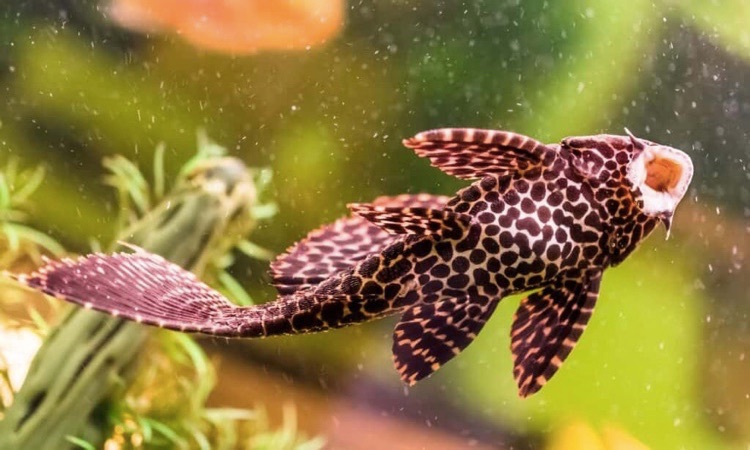
What Are Sucker Fish?
They are a bottom-dwelling freshwater fish that utilize their unique ventral mouth to feed and attach themselves to the ground and surrounding structure. They include algae eaters as well as driftwood munchers and small invertebrate feeders.
Bala shark and bristlenose are two species of suckerfish that belong to the Loricariidae family, which includes well-known suckermouth catfish. Siamese algae eaters, also known as barbs, are cyprinids from the same family as popular fish like goldfish and barbs.
Sucker fish are thought to have evolved some 50 million years ago and today, according to certain researchers, more than 79 distinct species exist today.
They come from a number of natural habitat types, including small freshwater streams and lakes, as well as slower-moving channels in larger rivers. They are mostly nocturnal fish, but they adapt quickly to aquarium life and can be active even under low light conditions.
Appearance
Suckermollies can reach up to 3 feet (1 meter) long. The majority of species are between 1 and 2 feet in length. The biggest sucker fish is the bigmouth buffalo, which may weigh up to 79 pounds (36 kg).
The blue sucker, for example, is a smaller sucker species with a mass of 5.5 pounds on average. The name “suckers” comes from their lips, which are thick and aid the fish in holding on to streams and other freshwater environments.
Sucker Fish Types
The sucker fish family contains over 79 species, with a wide range of diversity among them. Some of the best-known include the following.
White Sucker
The white sucker is found in all parts of the Mississippi basin, including streams and lakes. White suckers are a tiny sucker species weighing less than 2 pounds on rare occasions and have been recorded at sizes of 8 pounds. Because of its wide range, the white sucker has been dubbed the “common sucker.”
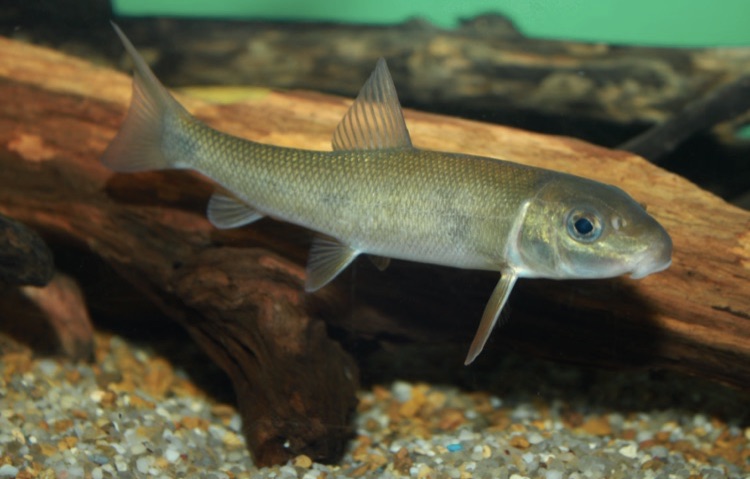
River Redhorse
Another species that was formerly quite common throughout the Mississippi River drainage is the redhose. Their range, on the other hand, has decreased in recent decades.
In some regions, the common name for suckers is “redhorse,” yet there are several various species with the term in their name. Other names include golden redhorse, silver redhorse, shorthead redhorse, and greater redhorse.
Blue Suckers
The IUCN classifies them as Vulnerable. Like other sucker fish, their population has declined owing to pollution and dam construction that has harmed their preferred habitats.
Sucker Fish Habitat
The majority of suckerfish species reside in freshwater streams and lakes across the United States and North America.
Catostomids can be frequent in slow-moving river channels or reservoirs. Outside of North America, the Catostomidae family includes one species that lives in China, as well as catfish found in Russia.
Bottom feeders, like suckerfish, consume both plants and animals. They’ll eat algae, zooplankton, insects, tiny invertebrates, crustaceans and plants.
Predators of Sucker Fish
Smaller sucker fish are eaten by larger species such as trout, bass, catfish, and walleye. Once full-grown, species like the buffalo fish that can reach enormous sizes are rarely preyed upon.
Eating Sucker Fish
They were a major food source for earlier societies, especially in North America where Native Americans fished them.
Today, sucker fish consumption varies considerably. Smaller species, such as the white sucker, are frequently used as bait.
Larger sucker species must be meticulously cleaned to eliminate bones. Suckers are sometimes fried after being carefully cleaned. Sweet and delectable is how the flesh is often described.
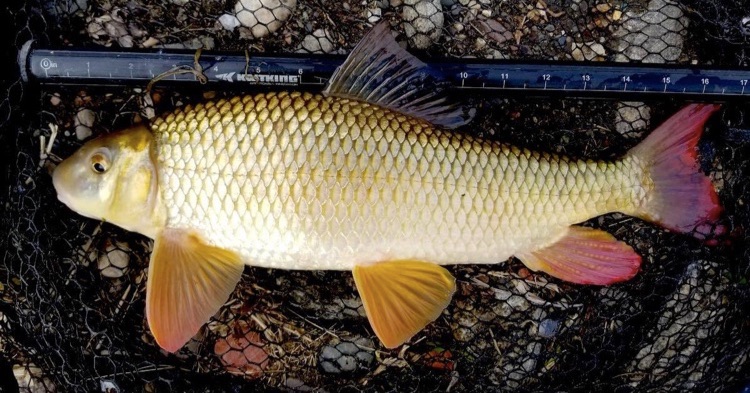
Keeping Suckerfish in an Aquarium
Suckerfish make great aquarium fish. Being bottom-feeders they love to eat algae. These little fish are usually found sucking on the glass, ornaments, or plants in aquariums. They will also swim near the surface of the aquarium and will be much happier if kept in bunches.
Sucker Fish Tank Setup
The sucker fish are a wide-ranging lot, so your aquarium configuration will be determined by the species you want to keep. Nano species, such as otos, can be kept in tank with a capacity of 10 gallons or less, whereas some of the bigger plecos need tanks that are much larger.
Choice of Substrate
Unless you want to create a very planted tank, the material you choose is irrelevant. Sand or gravel from an aquarium will suffice, and darker hues can make your fish feel more at ease.
Suckerfish prefer to spend their days hiding, so providing them with any type of cave, from big ornaments to a simple terracotta flower pot, can help them feel more at ease. Driftwood is also essential for these fish, so be sure to include some in your aquarium.
Heating
Keeping the correct temperature for your tropical freshwater fish is critical. The bristlenose pleco, for example, can generally be kept in unheated aquariums. Most other species, on the other hand, require water that is rather warm.
A quality heater will be essential to maintain the temperature in your aquarium stable and within the acceptable range for your suckerfish. To assist you keep track of the temperature, add a little thermometer to your setup.
Filtration and Lighting
Siamese algae eaters and sucker fish are great for heavily planted aquariums since they keep the plants and glass clean. These fish thrive under the intense lighting in these tanks. Plecs, on the other hand, are nocturnal and more active when there is less light.
Filtration is essential in any aquarium, but it’s especially crucial when keeping plecos. A filter that can remove at least 5 times the overall volume of your aquarium every hour is important.
How To Care For Suckerfish
Setting up a fantastic aquarium for your suckerfish will necessitate learning how to care for them and keep them healthy. Most sucker fish, on the other hand, are docile and simple to care for.
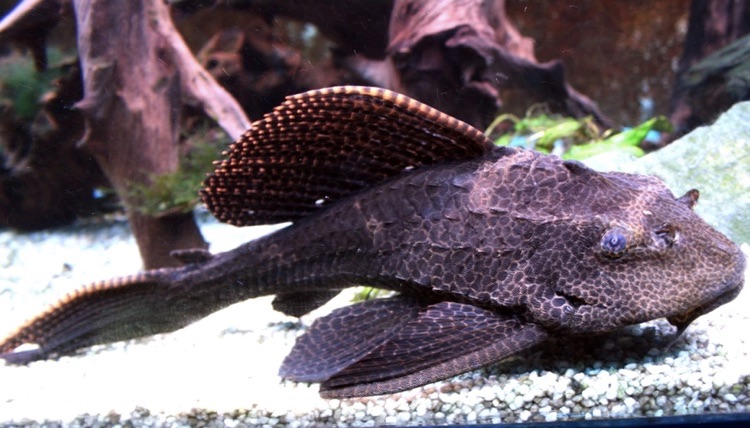
Aquarium Maintenance
The first step in ensuring good water quality for your fish is to maintain it. Running a decent filter and keeping your fish in a big enough tank are critical, but you’ll also need to test the water on a regular basis and get “hands on” to keep your tank clean.
Check your water conditions with a water test kit before adding any fish to ensure that they are acceptable for the species of fish you want to keep. Your water composition will alter over time, so don’t forget to do this on a regular basis.
To keep your nitrate levels low, perform a weekly or two water change. This is an excellent time to remove waste from your substrate and clean out your filtration media. Before refilling the aquarium, remember to use a water conditioner to treat the tap water.
Sucker Fish Feeding
Because the different sucker fish species have different diets, double-check to ensure you know what type of fish you have and what sort of food it requires. The majority of species are considered bottom feeders. The following foods are excellent sources for omnivorous suckerfish:
- Sinking pellets
- Blanched veggies
- Shrimp pellets
- Brine shrimp and blood worms
Algae is their primary food source. These fish will consume any algae that grows naturally in your aquarium. If you don’t have enough algae for them to eat, try using the following foods as supplements
- Spirulina tablets
- Algae wafers
- Blanched veggies
Breeding
Sucker fish are very simple to breed, and you may even find fry swimming around in your aquarium without trying. Other species, on the other hand, might be difficult or near-impossible to breed at home
You’ll need to learn about the breeding habits of your species. Set up a separate breeding tank and make sure your fish stay in excellent condition, as this will give you the greatest chance of success.

Tank Mates for Sucker Fish
Most species of sucker fish are good companions for one another. Plecos may become hostile towards other members of their own species or different similar suckermouth fish that reside on the bottom of the tank.
The general rule is to avoid choosing tank mates that are much larger than your suckerfish. You won’t have to worry about them being eaten by another fish if you choose non-aggressive tank mates that are not significantly larger than your suckerfish.
Here are a few tank mates that go well with calm suckerfish.
- Corydoras catfish
- Livebearers
- Peaceful barbs
- Tetras
- Danios
Where To Buy Sucker Fish
A variety of sucker fish are available at fish keeping and pet shops. Some of the more uncommon species, on the other hand, will be much easier to come by online.
Always purchase your fish from trustworthy breeders and sellers in order to ensure that they are in good health and belong to the correct species.

